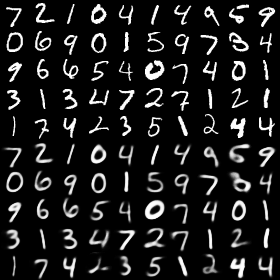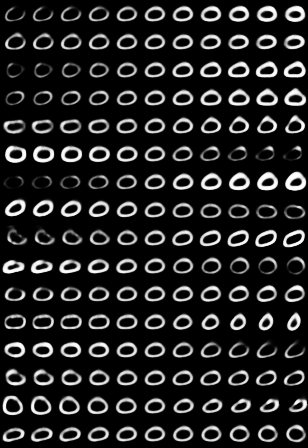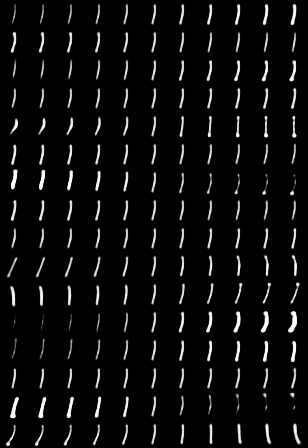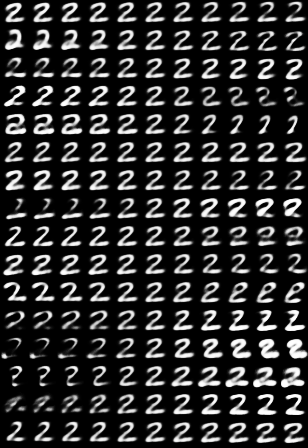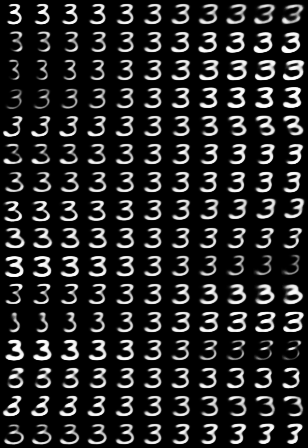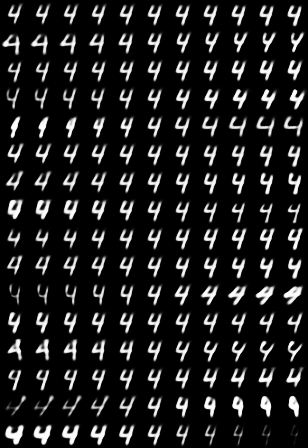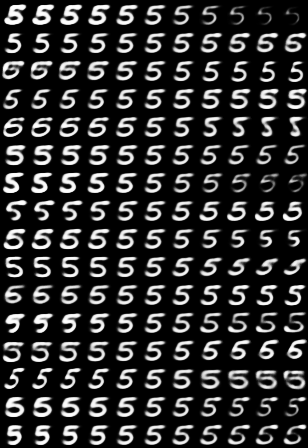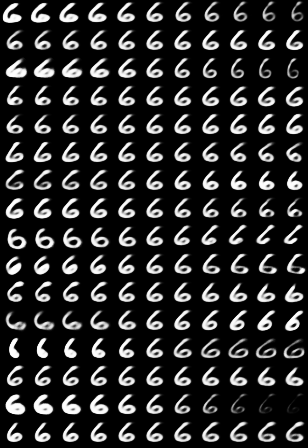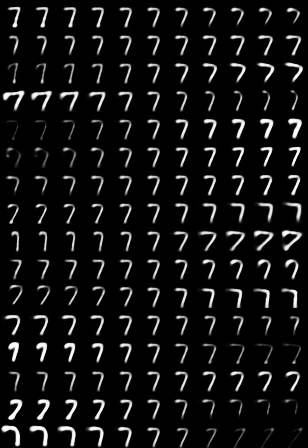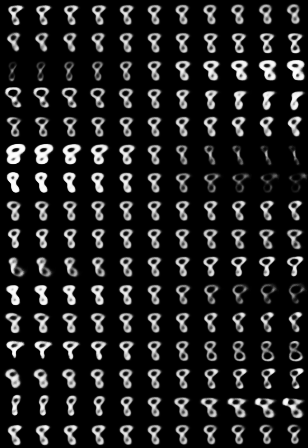A Keras implementation of CapsNet in the paper:
Sara Sabour, Nicholas Frosst, Geoffrey E Hinton. Dynamic Routing Between Capsules. NIPS 2017
The current average test error = 0.34% and best test error = 0.30%.
Differences with the paper:
- We use the learning rate decay with
decay factor = 0.9andstep = 1 epoch,
while the paper did not give the detailed parameters (or they didn't use it?). - We only report the test errors after
50 epochstraining.
In the paper, I suppose they trained for1250 epochsaccording to Figure A.1? Sounds crazy, maybe I misunderstood. - We use MSE (mean squared error) as the reconstruction loss and
the coefficient for the loss is
lam_recon=0.0005*784=0.392.
This should be equivalent with using SSE (sum squared error) andlam_recon=0.0005as in the paper.
TODO
- Conduct experiments on other datasets.
- Explore interesting characteristics of CapsuleNet.
Contacts
- Your contributions to the repo are always welcome.
Open an issue or contact me with E-mail
guoxifeng1990@163.comor WeChatwenlong-guo.
Step 1. Install Keras>=2.0.7 with TensorFlow>=1.2 backend.
pip install tensorflow-gpu
pip install keras
Step 2. Clone this repository to local.
git clone https://github.com/XifengGuo/CapsNet-Keras.git capsnet-keras
cd capsnet-keras
Step 3. Train a CapsNet on MNIST
Training with default settings:
python capsulenet.py
More detailed usage run for help:
python capsulenet.py -h
Step 4. Test a pre-trained CapsNet model
Suppose you have trained a model using the above command, then the trained model will be
saved to result/trained_model.h5. Now just launch the following command to get test results.
$ python capsulenet.py -t -w result/trained_model.h5
It will output the testing accuracy and show the reconstructed images. The testing data is same as the validation data. It will be easy to test on new data, just change the code as you want.
You can also just download a model I trained from https://pan.baidu.com/s/1sldqQo1
Step 5. Train on multi gpus
This requires Keras>=2.0.9. After updating Keras:
python capsulenet-multi-gpu.py --gpus 2
It will automatically train on multi gpus for 50 epochs and then output the performance on test dataset. But during training, no validation accuracy is reported.
CapsNet classification test error on MNIST. Average and standard deviation results are reported by 3 trials. The results can be reproduced by launching the following commands.
python capsulenet.py --routings 1 --lam_recon 0.0 #CapsNet-v1
python capsulenet.py --routings 1 --lam_recon 0.392 #CapsNet-v2
python capsulenet.py --routings 3 --lam_recon 0.0 #CapsNet-v3
python capsulenet.py --routings 3 --lam_recon 0.392 #CapsNet-v4
| Method | Routing | Reconstruction | MNIST (%) | Paper |
|---|---|---|---|---|
| Baseline | -- | -- | -- | 0.39 |
| CapsNet-v1 | 1 | no | 0.39 (0.024) | 0.34 (0.032) |
| CapsNet-v2 | 1 | yes | 0.36 (0.009) | 0.29 (0.011) |
| CapsNet-v3 | 3 | no | 0.40 (0.016) | 0.35 (0.036) |
| CapsNet-v4 | 3 | yes | 0.34 (0.016) | 0.25 (0.005) |
About 100s / epoch on a single GTX 1070 GPU.
About 80s / epoch on a single GTX 1080Ti GPU.
About 55s / epoch on two GTX 1080Ti GPU by using capsulenet-multi-gpu.py.
The result of CapsNet-v4 by launching
python capsulenet.py -t -w result/trained_model.h5
Digits at top 5 rows are real images from MNIST and digits at bottom are corresponding reconstructed images.
python capsulenet.py -t --digit 5 -w result/trained_model.h5
For each digit, the ith row corresponds to the ith dimension of the capsule, and columns from left to
right correspond to adding [-0.25, -0.2, -0.15, -0.1, -0.05, 0, 0.05, 0.1, 0.15, 0.2, 0.25] to
the value of one dimension of the capsule.
As we can see, each dimension has caught some characteristics of a digit. The same dimension of different digit capsules may represent different characteristics. This is because that different digits are reconstructed from different feature vectors (digit capsules). These vectors are mutually independent during reconstruction.
-
PyTorch:
-
TensorFlow:
- naturomics/CapsNet-Tensorflow
I referred to some functions in this repository. - InnerPeace-Wu/CapsNet-tensorflow
- chrislybaer/capsules-tensorflow
- naturomics/CapsNet-Tensorflow
-
MXNet:
-
Chainer:
-
Matlab:


